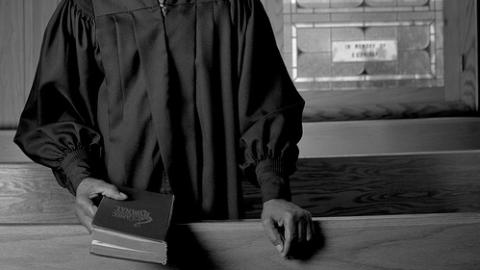The 50th Summer Since "I have a dream"...
1 comment
9 views

We are happy to welcome Randy Rowland as a guest blogger! The following is the first in a series of five posts that Randy will be sharing with us.
The 50th summer since “I have a dream”….
Brings us to a new America with an African American population that has experienced three major migrations and a huge range of socio-economic shifts.
The first A/M migration right after the Civil War was North to South. A second migration of Rural South to Urban South took place near the beginning of the 20th Century. And, by the mid-20th Century a huge South to West migration took place totally redistributing a once predominantly southern black population. This has changed the landscape of the African American culture dramatically. For instance, the church is no longer the center of information and personal growth. The church is now joined by secular sources of influence and alternate spiritualities. The black population has moved from a largely agrarian and manufacturing work force to a much more diverse workforce covering many, if not all, spheres of society. Overall education levels have risen dramatically among African Americans as well.
As of 2013, no one could simply say, “I am going to plant an African American church” with the implied presumption that one size fits all. The dream of freedom, employment, opportunities, education and mobility has created many strong sub cultures within the overall A/M community. So, is the new church plant targeted at African Americans in an under-resourced community, an economically diverse community, an urban context or more suburban?
Three different and highly successful African American church plant leaders from Atlanta addressed a large group of us recently as a church planting research group in the CRC and RCA both participate. All three of these leaders and their churches were as different as night and day from each other. In fact, the guys had a hard time not arguing or counterpointing each other in their presentations. One of the churches was a regional type gathering that brought masses of people in from all over the Atlanta area and focused on strong presence and community influence. Another, was a much more organic and localized church serving younger and more church-weary folks. The third drew people of all races and meets in a convention hall near the Atlanta Falcons stadium – and they get done with church on time on Sunday to share their space as a “tailgating” party location.
Lesson number one: beware any “one size fits all thinking” on church structure. And, abandon the idea that minority groups in our society are homogenous.
What do you think?
Connect to The Network and add your own question, blog, resource, or job.
Add Your Post
Comments
Agreed, there is no one size fits all for 'African American' churches. If anyone takes the time to Google African American or Black Churches the broad spectrum of denominations, belief systems, socio-economic strata becomes obvious to the reader. Starting (or planting) a church in any community requires awareness of and planting strategies to attract believers and non-believers from the neighborhood / region the church will serve.
The great 'key' to success if an open-door "whosoever will let him/her come," willingness to embrace all who enter the church. We are one body in Christ.
Let's Discuss
We love your comments! Thank you for helping us uphold the Community Guidelines to make this an encouraging and respectful community for everyone.